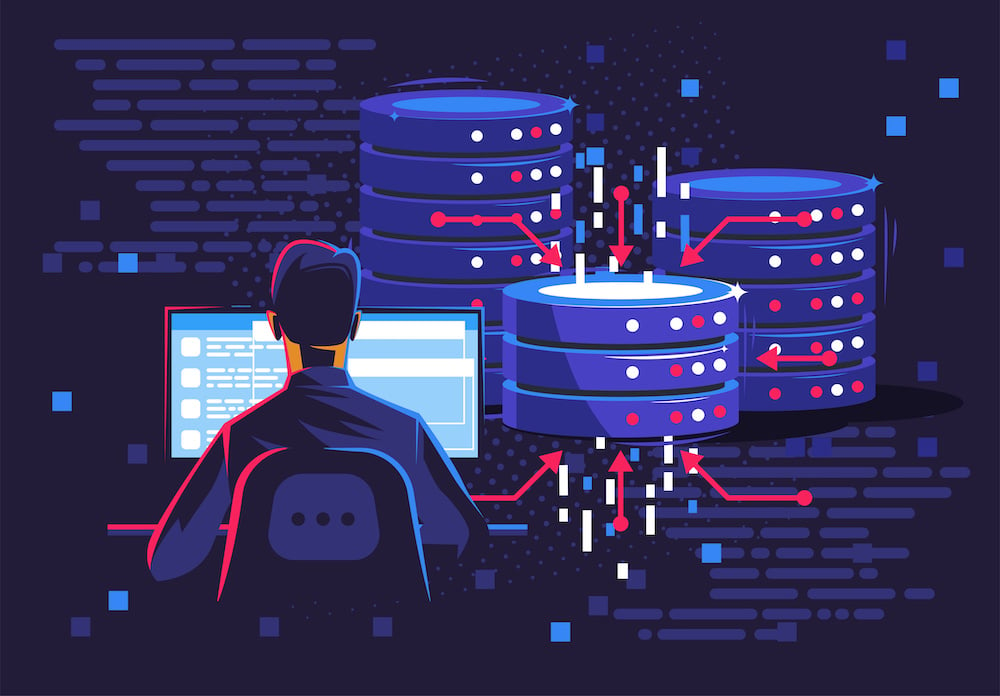As the amount of data that IT organizations are being asked to manage continues to grow in scale, there’s a bigger need than ever to be able to back up and archive data across local data centers and public clouds. To address that issue, Cohesity has released a version 5.0 update of its Cohesity Orion […]
As the amount of data that IT organizations are being asked to manage continues to grow in scale, there’s a bigger need than ever to be able to back up and archive data across local data centers and public clouds.
To address that issue, Cohesity has released a version 5.0 update of its Cohesity Orion software that makes it simpler to both back data up and archive data regardless of physical location. Rather than requiring IT organizations to acquire and manage separate backup and archiving tools, Patrick Rogers, vice president of marketing and product for Cohesity, says Cohesity Orion provides a single pane of glass through which both tasks can be managed. Armed with that capability, Rogers says, IT organizations will be able to become much more efficient when it comes to identifying data that is not being used but still taking up space on secondary storage systems.
“There’s a lot of dead data out there,” says Rogers.
To facilitate that process, the latest version of Cohesity Orion adds to the archiving capability provided by Cohesity support for simultaneous access to content via NFS, CIFS/SMB and S3 protocols; global in-line deduplication and compression across all content, including Amazon S3 object storage; global indexing and search; and file system and user quotas with audit logs.
To facilitate data protection, the new release adds the ability to back up Microsoft Hyper-V, Nutanix AHV, and Linux KVM hypervisors in addition to VMware; the ability to back up EMC Isilon, Pure Storage Flashblade network attached storage systems and any generic NAS, for both NFS and CIFS/SMB file systems in addition to NetApp; file-level backups for physical Linux servers in addition to volume-based backups, and bare-metal restores for Windows servers; and any-point-in-time, instant restores at scale.
Finally, Cohesity added an additional appliance to its lineup capable of storing up to 183TB per node, which the company claims will increase overall storage capacity by a factor of seven.
Collectively, Rogers says, Cohesity is making a case for consolidating secondary storage in a way that also winds up making it simpler to leverage cloud repositories. The degree to which IT departments will be able to exercise the political capital required to consolidate all those systems will vary widely. But the one thing that should be apparent to most of them by now is that they are employing multiple tools for backing up and archiving data that are largely redundant to one another.
MV
Michael Vizard is a seasoned IT journalist, with nearly 30 years of experience writing and editing about enterprise IT issues. He is a contributor to publications including Programmableweb, IT Business Edge, CIOinsight and UBM Tech. He formerly was editorial director for Ziff-Davis Enterprise, where he launched the company’s custom content division, and has also served as editor in chief for CRN and InfoWorld. He also has held editorial positions at PC Week, Computerworld and Digital Review.








